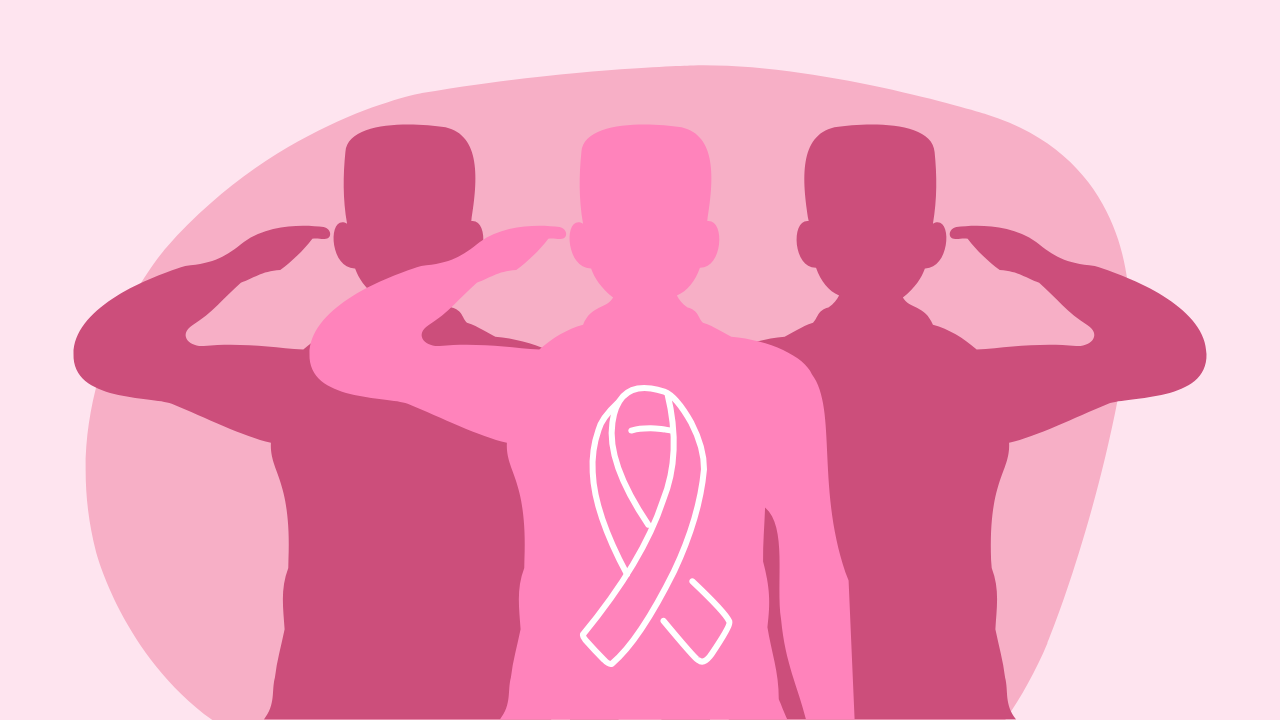Sound Waves Could Reshape Breast Cancer Treatment

The future of breast cancer treatment may not rely on scalpels or chemotherapy — but on sound waves. Dr. Natasha Diba Sheybani, assistant professor of biomedical engineering at the University of Virginia, has received a $5.5 million Era of Hope Scholar Award from the U.S. Department of Defense to advance her work with focused ultrasound as a noninvasive cancer therapy.
According to the Office of Communications at the UVA School of Engineering and Applied Science, this prestigious award supports early-career researchers whose work has the potential to radically change the landscape of breast cancer care. Sheybani’s focus is on metastatic breast cancer — a form of the disease that remains incurable and notoriously resistant to treatment.
Her research aims to do what traditional methods often cannot: communicate directly with the tumor using sound. Focused ultrasound is a highly targeted technology that uses sound waves to interact with tumors and the immune system — without surgery, radiation or high-dose chemotherapy. It’s precise, noninvasive and capable of delivering highly specific signals inside the body.
Sound as a Messenger, Not Just a Tool
Sheybani’s lab has shown that FUS can be programmed to “speak” the body’s biological language. The technology can disrupt the physical barriers around tumors, making them more accessible to treatment. It can guide drugs directly to cancer cells, minimizing side effects by sparing healthy tissue. And perhaps most remarkably, it can activate the immune system — teaching it to recognize and attack cancer that might otherwise go undetected.
Four Ways Focused Ultrasound Could Disrupt Cancer Treatment
As outlined by UVA Engineering, Sheybani’s lab is exploring multiple sound-based strategies that could transform how cancer is treated:
-
Thermal Ablation
FUS can heat cancer cells until they break down — without harming nearby healthy tissue. This technique is currently under investigation in several first-in-human trials at UVA and offers a promising method for safely shrinking tumors. -
Mechanical Ablation
For tumors that resist gentle treatment, ultrasound can deliver a jolt. High-intensity pulses physically disrupt tumor structure, making this approach ideal for deep or dense tumors. -
Sonodynamic Therapy
Some drugs stay inactive until triggered. Focused ultrasound can activate those drugs at exactly the right place and time, increasing their effectiveness and reducing toxicity. -
Barrier Opening
Structures like the blood-brain barrier often block cancer drugs from reaching their targets. FUS can briefly open these barriers to let treatment through, then allow them to close again — protecting sensitive tissue while improving drug delivery.
A New Vision for Breast Cancer Care
Sheybani’s work is not just about treatment — it’s about changing the experience of cancer care altogether. Her goal is to create therapies that are less invasive, less toxic and more responsive to the biology of each patient. With breast cancer incidence rising, especially among younger women, there is an urgent need for smarter and more personalized treatment options.
Through her research, Sheybani is helping to rewrite what’s possible in cancer care — using nothing more than focused sound and a new way of listening to the body.







